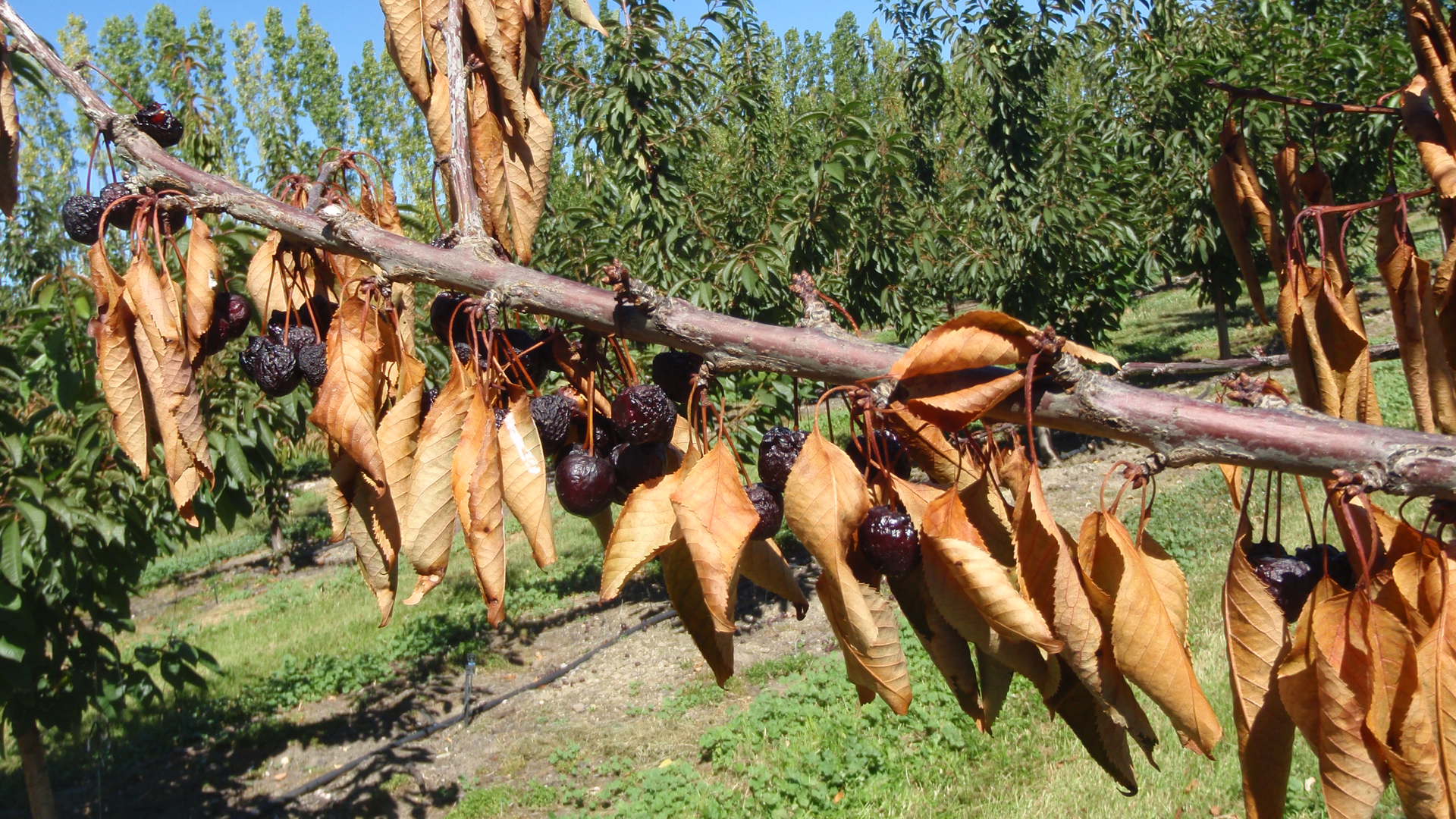First steps in a project investigating potential controls for bacterial diseases has identified several organic compounds showing promising early-stage results.
Bacterial diseases in horticulture pose a significant threat, causing substantial yield losses, economic damage, and impacting crop production. Current control methods rely on antibiotics and copper, which are not sustainable long-term, and resistance development is an ever-present threat.
The work by Waikato University and Plant & Food Research, and funded as a pan-sector project by all A Lighter Touch (ALT) product group partners, is an extension of initial work by Zespri which identified some acids derived from marine algae and some commercially available organic acids that are able to inhibit the kiwifruit bacterial disease Psa.
ALT’s Industry Stakeholder Advisory Group chair Stuart Davis has described the pan-sector project as an example of an area of work that likely would not have arisen without the collaboration amongst product groups in the ALT programme.

A Central Otago cherry orchard affected by the bacterial disease Pseudomonas syringae pv. Morsprunorum, a disease for which new management options are being sought. Credit: Plant & Food Research.
Building and expanding on the Zespri work, the aim of this project was to discover compounds that would protect against significant bacterial pathogens of a range of important horticultural crops in New Zealand. This would ultimately reduce the use of copper and bactericides in New Zealand horticulture by creating new, more sustainable control options.
In total, 73 organic acids were tested and the ten most efficacious in the laboratory against a range of plant pathogens were identified. It also established that these compounds were not phytotoxic at concentrations higher than those that kill the pathogens.
Recommended next steps will be presented to ALT’s Industry Stakeholder Advisory Group to determine whether the project will proceed further. The next stage would be on-plant testing in glasshouse trials.